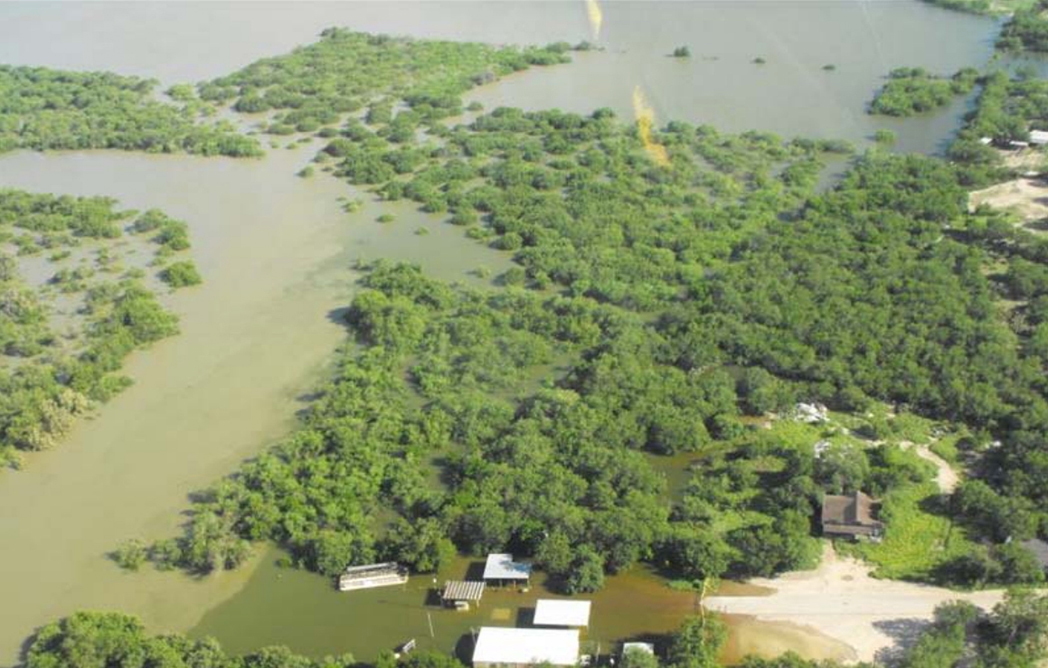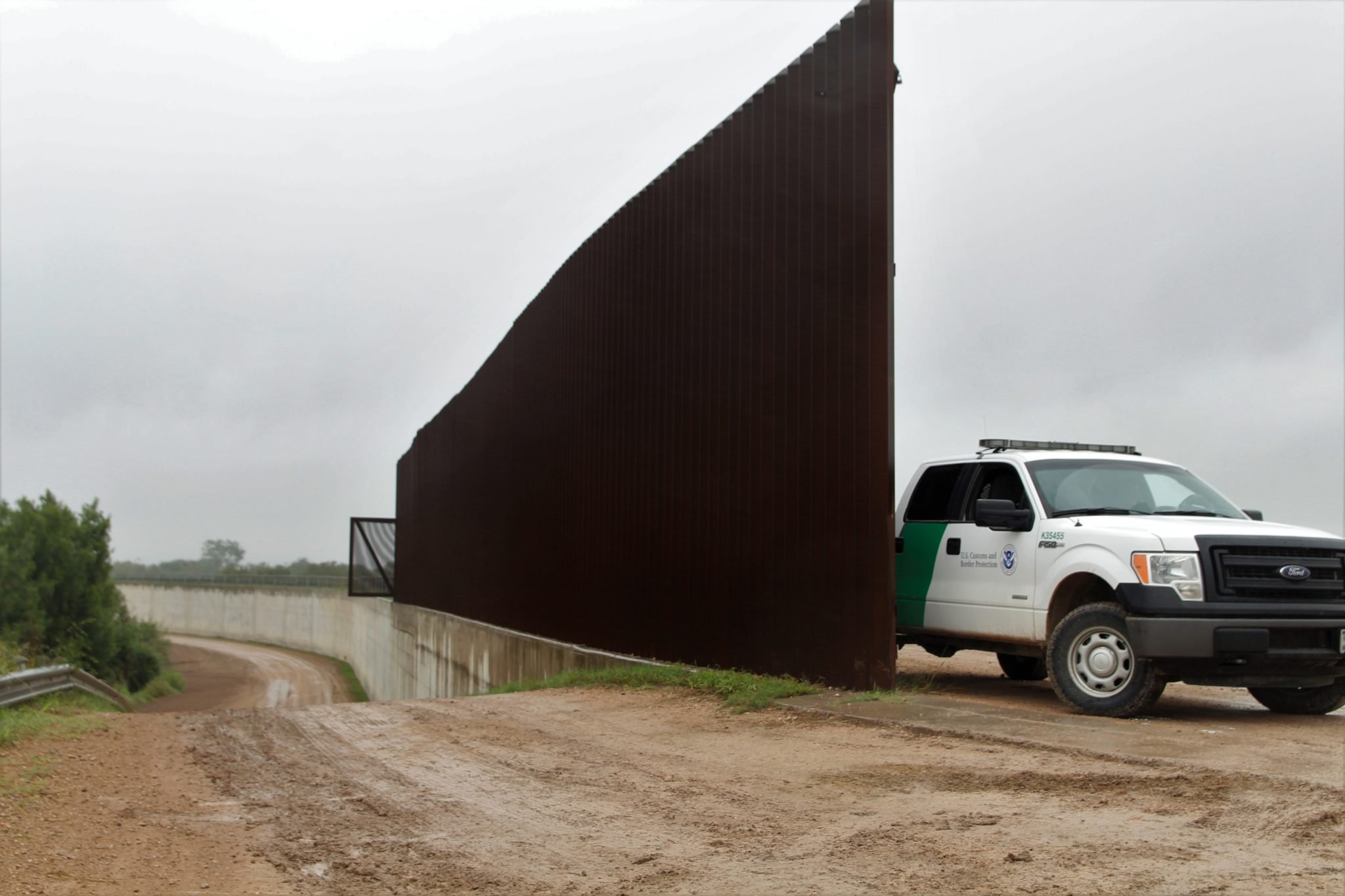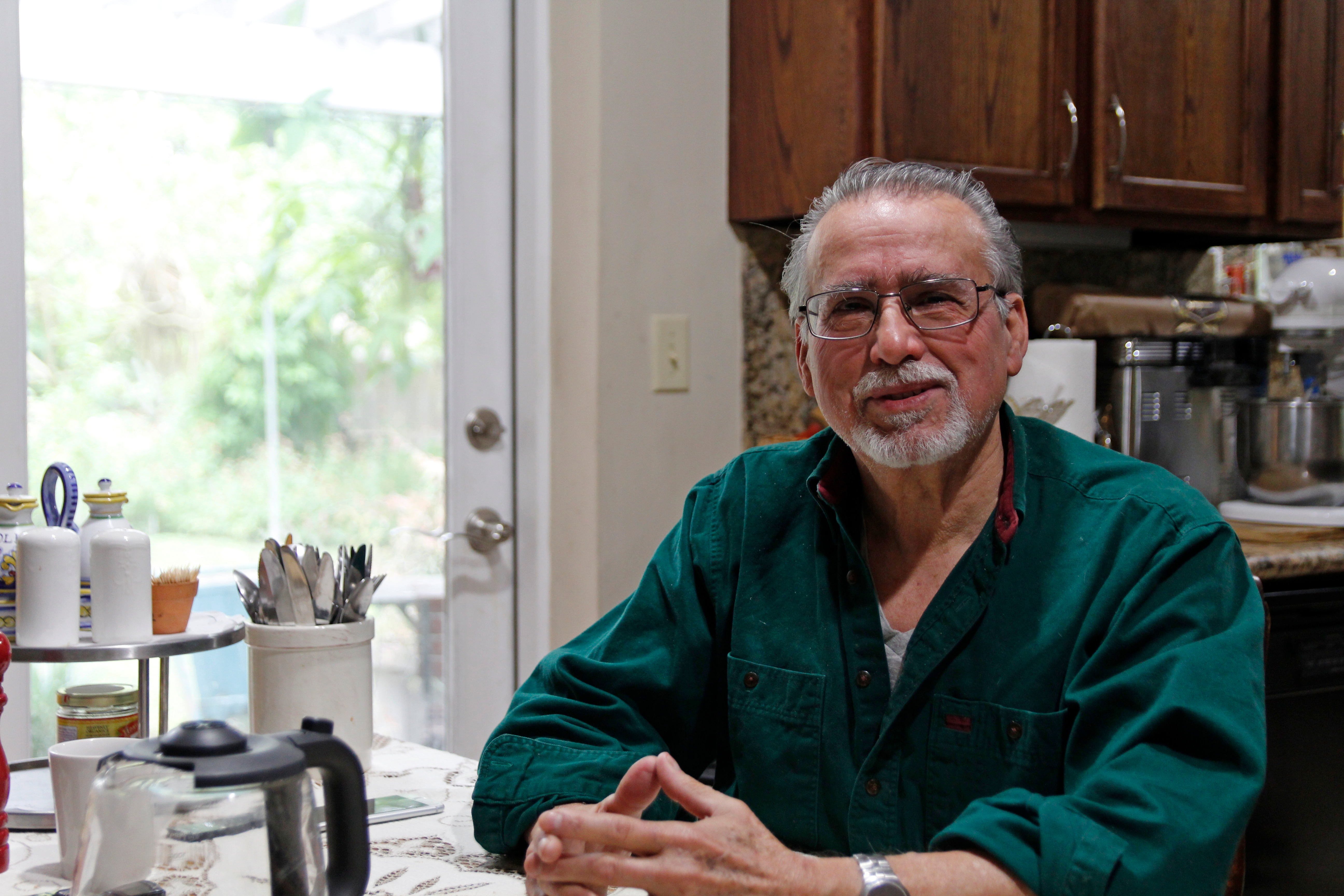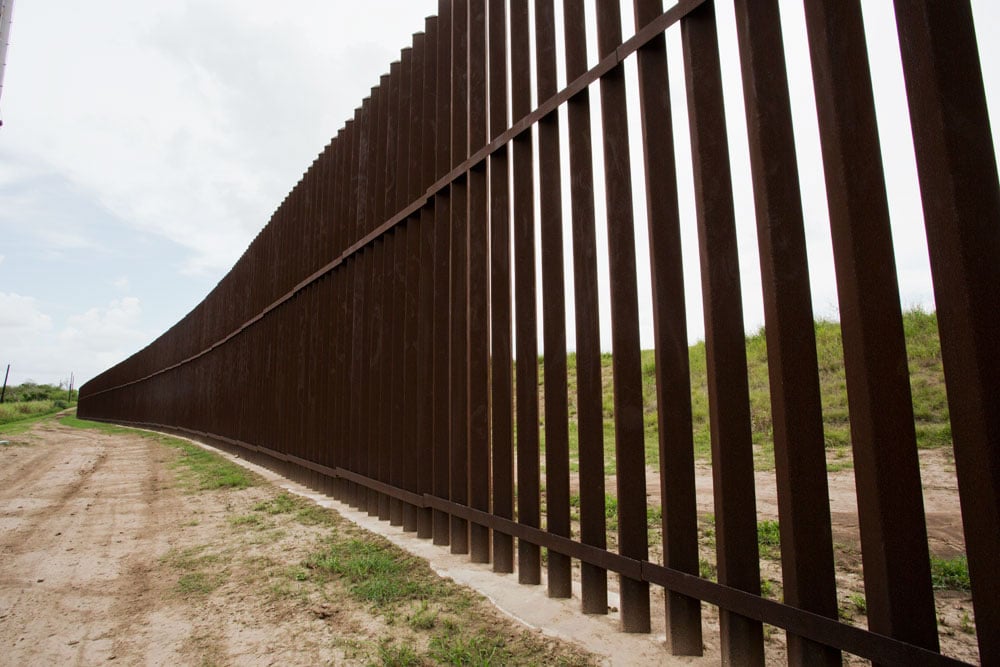
Starr County Proposes Alternative Border Wall Plan
New maps obtained by the Observer represent a local plan developed as part of a Congressionally mandated consultation process.

Above: “What we’re proposing are options that would be palatable to the community and also meet Customs and Border Protection’s operational needs,” said Rose Benavidez, president of the Starr County Industrial Foundation
In a set of maps submitted as a public comment to Customs and Border Protection (CBP) on Tuesday, local officials in Starr County outline an alternative border wall plan for their patch of the Rio Grande Valley, west of McAllen. The document was posted by Rose Benavidez, president of the Starr County Industrial Foundation, a nonprofit that coordinated the proposal. The maps are part of an ongoing negotiation between officials in five Starr County localities and the federal government over the details of the border wall, a process that Congress mandated in February.
“We’ve tried to get local feedback from property owners, local leadership; what we’re proposing are options that would be palatable to the community and also meet CBP’s operational needs,” Benavidez told me Wednesday.
As mandated by Congress, CBP must consult with the towns of La Grulla, Rio Grande City, Escobares, Roma, and Salineño until at least September 30 before building any border wall in those areas. If no mutual agreement is reached by then, CBP may proceed unilaterally. Benavidez said she submitted the proposal to the agency about a month ago and has not received feedback, but expects to have a meeting with CBP in the next few weeks.
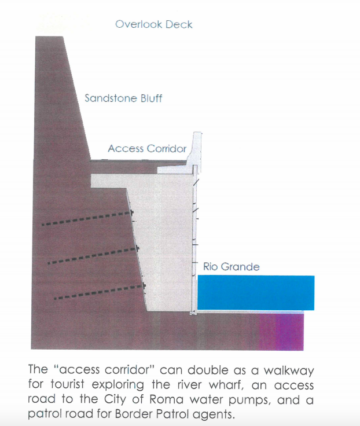
Starting from the east, the new maps show the proposed wall moved substantially farther south of the town of La Grulla than CBP has planned—something La Grulla’s Mayor, Pedro Flores, told me Wednesday that he had asked for.
At the international bridge in Rio Grande City, the maps suggest an alternative structure: a retaining floodwall that would be built down into the riverbed, rather than towering steel bollards built along the riverbank. To the east and west of the port stretch, the document suggests no wall at all, just electronic monitoring.
In Roma, the maps also show an alternative structure around the international bridge and along a stretch of land that sits beneath the town’s iconic bluff and historic district—an area I wrote about at length in May. Over the phone, Freddy Guerra, Roma’s assistant city manager, told me the city is proposing a low concrete bulkhead wall for the stretch beneath the bluff; the structure would double as a promenade, encouraging residents to enjoy the riverfront, which few currently do. Just west and east, they’re proposing a similar structure but set farther back from the river, which would double as erosion control for areas including the city’s import lot. Guerra said Roma submitted information to the county industrial foundation but is also negotiating independently with CBP.
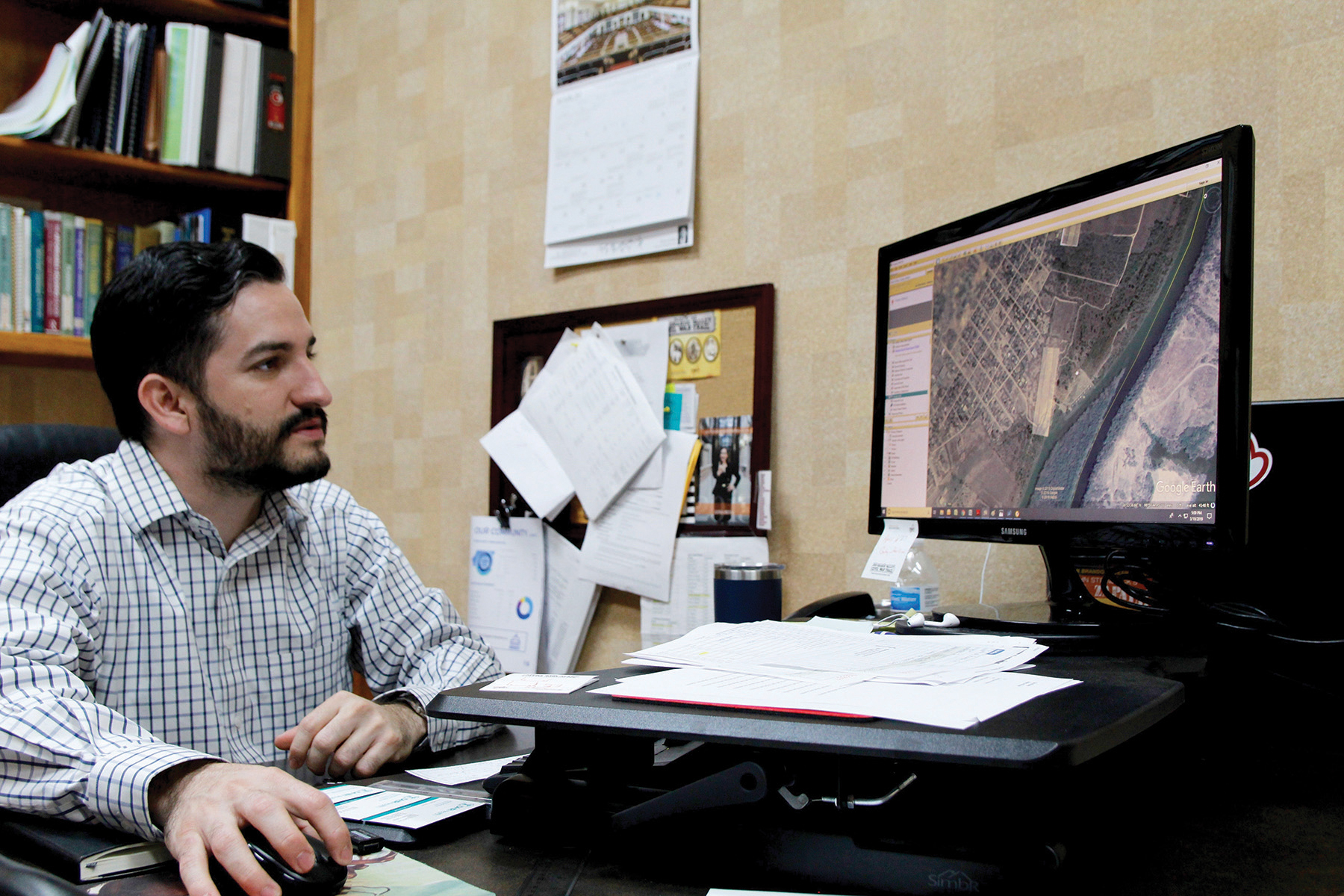
The alternative wall structures in Rio Grande City and Roma could get nixed for hydrological reasons. Due to international treaties, the United States can’t build structures that will push the Rio Grande into Mexico and flood Mexican border towns like Roma’s sister city of Miguel Alemán. In the past, CBP has had difficulty getting approval even for its semi-permeable steel post structures, suggesting that solid walls would fare even worse. The decision will fall to the International Boundary and Water Commission (IBWC), a binational body headquartered in El Paso and Ciudad Juárez.
Benavidez said that the private owner of Rio Grande City’s bridge, Sam Vale, has paid for a hydrological study that he’ll be submitting to IBWC. Guerra said that CBP is handling the hydrological study for Roma. IBWC did not respond to a request for comment.

It’s unclear which, if any, of the local suggestions CBP will accept, though Guerra said that the agency has seemed open to his city’s ideas in recent months. CBP did not respond to a request for comment.
Since May, CBP has awarded two contracts for companies to build seven miles of wall in rural Starr County, in tracts of the Lower Rio Grande Valley National Wildlife Refuge and on either side of La Grulla, with construction beginning as soon as this month. To hasten construction, the Secretary of Homeland Security has waived dozens of laws that would normally protect the environment and local communities for part of the seven miles. Those are areas where consultation was not mandated.
A recent Washington Post report revealed that Trump is rushing to get 500 miles of wall built before the 2020 election, and he’s informed subordinates he’ll pardon them if they break the law in service of his campaign promise.
Update: “CBP is currently evaluating proposed alignments provided by elected officials in Starr County, specifically the cities of Roma, Escobares, La Grulla, Rio Grande City, and the census-designated place of Salineño, Texas, to determine whether they comply with the government’s responsibilities under the treaties with Mexico concerning the Rio Grande River. Once these evaluations are completed CBP will present the findings of these evaluations to elected officials in an effort to find consensus on an agreed upon alignment,” a CBP spokesperson said in an email Thursday.
Read more from the Observer:
-
The Consequence of Trump’s New Family Detention Rules: The Trump administration announced a new rule allowing for indefinite detention of migrant families. Game theory suggests it won’t end well.
-
Houston Photo Exhibit Documents First Markers of Modern U.S.-Mexico Border: How strange, David Taylor’s camera seems to say, that this haphazard line has survived nearly 170 years as an international border, when so much else around it has changed.
-
Texas Is at the Center of Trump’s Anti-Immigrant Facebook Ad Campaign: His reelection campaign has spent big money in Texas on a digital advertising effort, which includes more than 2,000 Facebook ads warning about an “invasion.”
